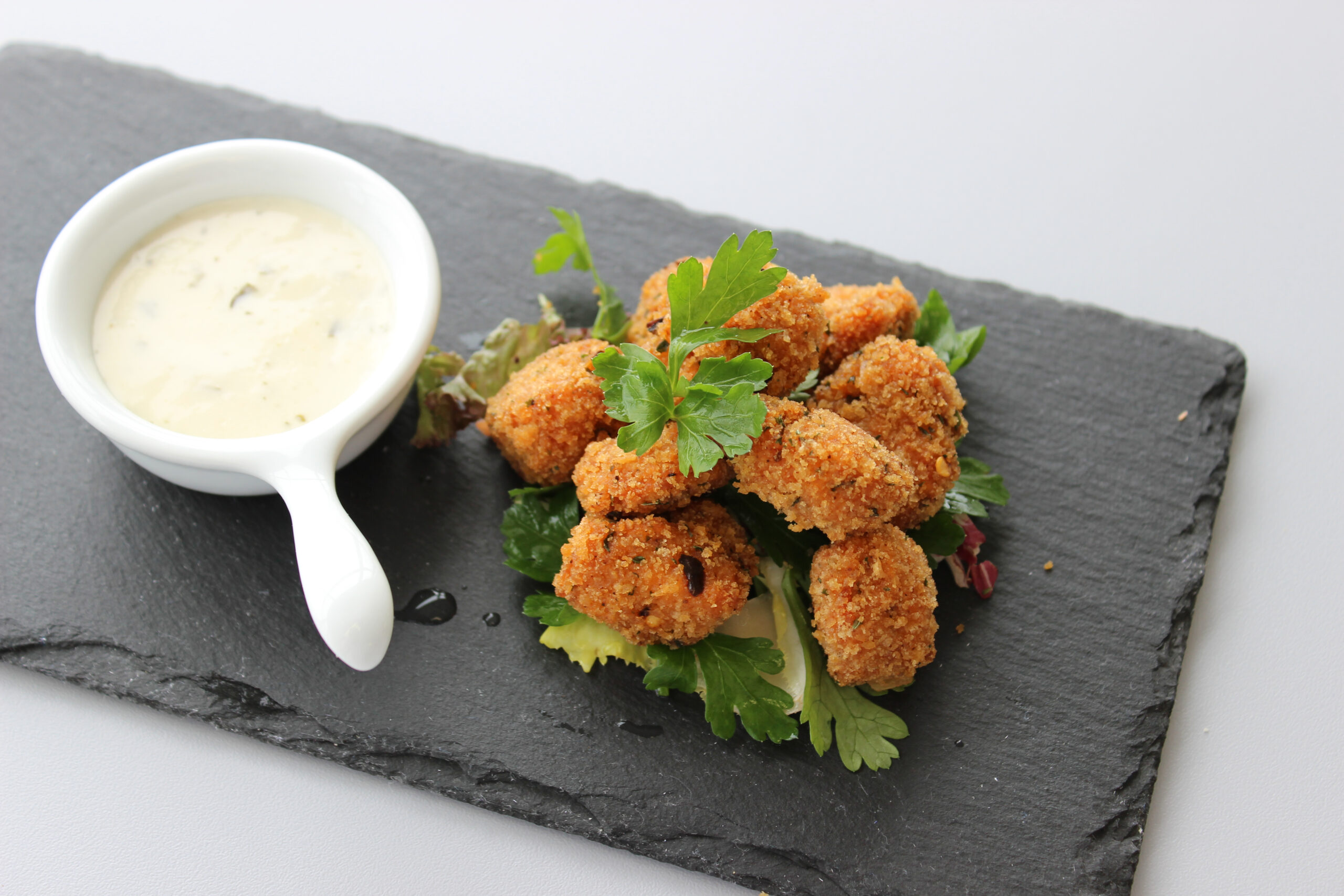
Courtesy of Kerry
With snacking and healthy indulgence shaping the food and beverage industry, Kerry’s findings will help manufacturers direct the trajectory of their business for the remaining quarters of 2024.
Personal health, sustainability, and enhanced sensorial experiences are the biggest consumer themes that will shape the sector across the Asia Pacific, the Middle East, and Africa (APMEA).
By Jie Ying Lee, Senior Strategy Manager for Taste, Kerry APMEA
Consumer behaviour has changed significantly in recent years and continues to evolve rapidly, influencing food and beverage trends.
Recent Kerry proprietary insights on the future of food and beverages, show that consumers in APMEA continue to prioritise their personal health by placing more importance on self-care.
They are also adapting to a more sustainable lifestyle that focuses on conscious consumption and knowing where their food comes from. At the same time, new sensorial experiences, particularly around traditional flavours and modern twists, are in demand.
But how can product and menu developers tap into these trends to develop food and beverages people want?
“Tools that provide an in-depth analysis of the flavours, ingredients, and trends that will shape what we consume, are essential in guiding successful food innovation.”
Consumers love fresh interpretations of traditional flavours
The APMEA consumer is heavily influenced by the region’s diverse cultural traditions. According to Kerry research, Asia Pacific consumers are rediscovering the magic of their own culinary heritage while looking for unique regional ingredients and flavour profiles.
Findings from FMCG Gurus on innovative flavours mirror this, with 55 percent of consumers worldwide rating traditional flavours as a key influence on their food and drink choices.
According to proprietary insights from Kerry’s 2024 Taste Charts, trending savoury flavours in Thailand, such as Japanese teriyaki, Japanese sukiyaki, Japanese curry, Japanese miso, Korean gochujang, Indian tikka, and Mediterranean, indicate that Thai consumers are looking for global fusion flavours.
As a result, cross-cultural flavour combinations with an unexpected twist and modern takes are getting big. You’ll see this in unlikely pairings like Thai curry with miso and rendang with gochujang, and elsewhere in the region, Sichuan peppercorn ice cream in China, calamansi-infused yogurt in the Philippines, or black sesame latte in Japan.
Other savoury flavours like soy sauce, fish sauce, and fermented fish are also tickling the tastebuds in Thailand. Growing consumer interest in fermented foods and the health benefits they offer—which include antioxidant and anti-inflammatory properties—is leading to innovative dishes like charcoal-grilled skewers with fermented chilli paste.
By harnessing the depth and complexity that fermented flavours bring, industry players can create products that satisfy the consumer craving for modern updates of their favourite traditional food.
Hot and spicy flavours are on fire
Kerry insights show that consumers are developing sophisticated taste preferences, and bold flavours like hot and spicy appeal to many. People are always up for a challenge and enjoy pushing their boundaries when it comes to hot and spicy foods. Millennials and Gen Z even regard the ability to eat hot and spicy food as a life skill.
While the demand is widespread across the globe, hot and spicy is part of the Southeast Asian DNA with almost every cuisine claiming a variation of a chilli condiment. People want familiar spices but are also open to new types, further fanning the trend.
In Japan, where hot and spicy foods are traditionally not widely enjoyed, consumers are now riding the “gekikara” (extremely spicy) craze.
“A study showed that 32 percent of Japanese consumers who originally did not like spicy food now relish them, prompting brands to launch more hot and spicy options across different channels.”
Within APMEA, people are replicating ethnic dishes they sampled during their travels — many of which are hot and spicy — resulting in diversity across markets. In Indonesia, crispy prawn chilli, ghost pepper, Korean buldak sauce, jalapeno chilli, and habanero chilli are trending. This reinforces the desire for complex and nuanced heat experiences that offer authentic and exotic flavours, particularly region-specific spices, chillies, and hyperlocal flavours.
In South Africa, authentic local flavours such as Chicken Dust, a popular South African street food of seasoned chicken pieces chargrilled over open flames, creative combinations of chilli lemon and chilli lime, and universally appealing flavours such as jalapeno atchar, are enjoying great popularity.
Wellness and sustainability influence dietary habits
The emphasis on self-care has evolved from mere health-consciousness to prioritising health in food choices. A FMCG Gurus report on consumer perceptions of health and wellness shows that 68 percent of global consumers have actively sought to improve their diet in the last two years.
“The APMEA region is unique in that consumers view sustainability and transparency as inherent to their wellbeing — the source of their food directly influences the quality of their health.”
The preference for local ingredients is strong; in Vietnam, beverage flavours such as mango, pink guava, honeydew, custard apple, dragon fruit, and longan are trending, indicating a resurgence of pride in local ingredients and time-honoured cooking methods. This holds potential for innovation in sustainable flavours and solutions – people want food that supports their health and that they feel good eating.
Elsewhere in Kerry Taste Charts, data from the Philippines reveals a rise in functional flavours in beverages. Honey, calamansi, almond, matcha, turmeric, and elderberry are piquing interest for their perceived health benefits, and this is evident in drinks such as lemongrass tea and turmeric latte; similar preference goes for beverages that boost mental alertness and physical performance.
Fruits such as yuzu and passionfruit are also coming to the fore. Yuzu can be seen in recent launches like Yuzu Gose beers in South Africa, yuzu and pepper mayonnaise in China, and Yuzu low ABV wines and alcoholic beverages in Australia. Cold beverage passionfruit flavour appeared in 13 different global regions in Kerry’s Taste Charts, with passionfruit already a mainstream ingredient in New Zealand, and an emerging flavour in the Middle East.
“When it comes to plant-based products, health, and sustainability concerns continue to be driving factors, but now novel flavours in meat and dairy alternatives are capturing consumer tastes.”
This has led to the launch of foods like jackfruit rendang in Indonesia, mushroom jerky in Australia, and chickpea falafel with a Middle Eastern twist.
Understanding and delivering on market preferences
Today’s rapidly changing times often present challenges for food manufacturers and brands trying to deliver food and beverages people value. People have always been led by taste, especially when buying a product. Year after year, Kerry Taste Charts have become a reference tool for various stages of product development, whether brands are looking to add new offerings or check if their current product flavours are still in demand.
Awareness is key; knowing that savoury flavours typically common in food are entering the beverage category, for instance, can help influence innovation and development and help manufacturers identify where they can add the most value for their consumers.
To access the 2024 Kerry Taste Charts for the region of your choice, please click here.
This story first appeared in our “State of Snacking: Healthy, Tasty, and Indulgent” issue.








